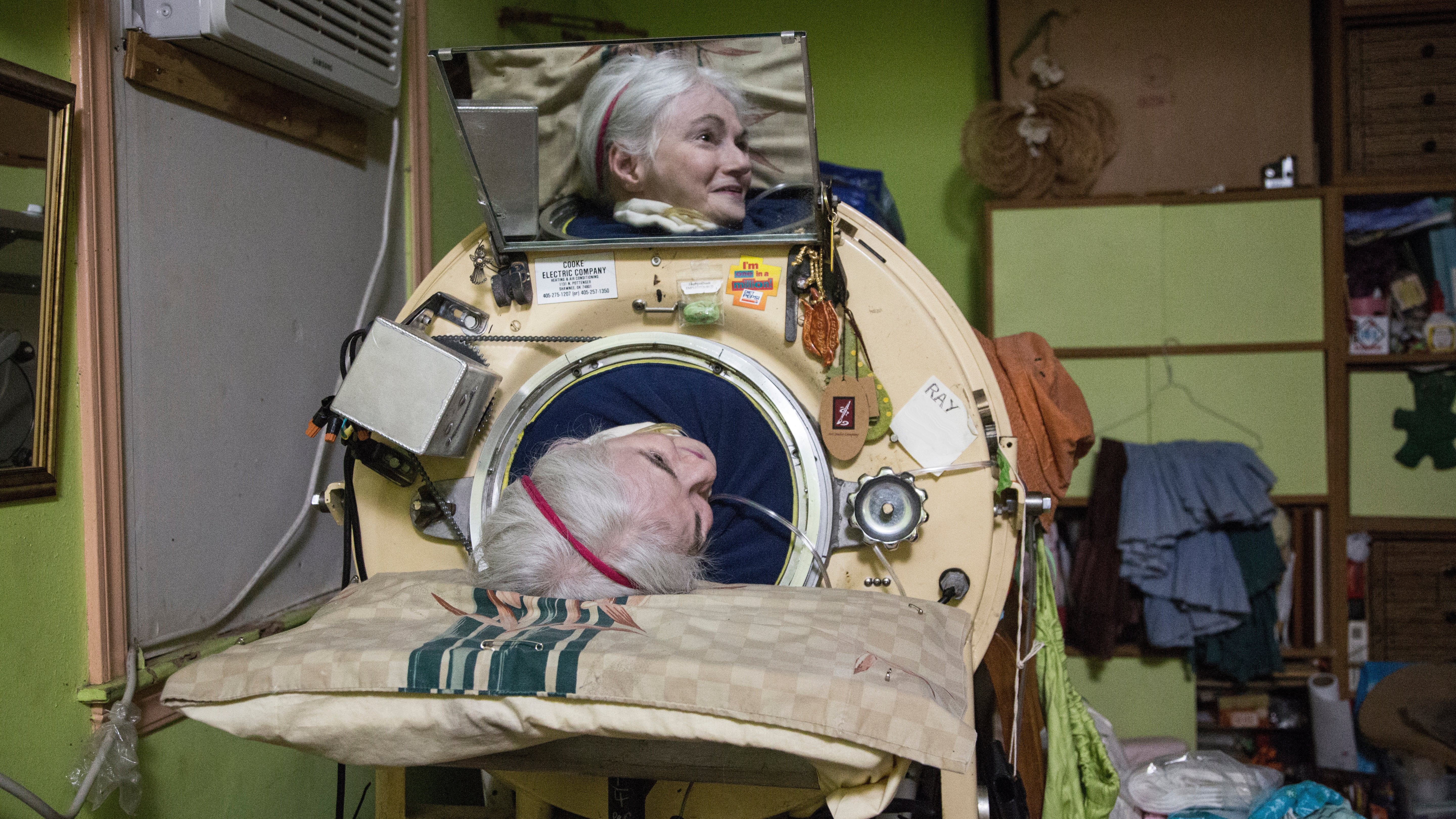
The Last Of The Iron Lungs
Alan: I was known as a "Polio Pioneer" for my participation in the mid-fifties Salk polio vaccine study.
Jonas Salk
Alan: Until 1955, when the Salk vaccine was introduced, polio was considered one of the most frightening public health problems in the world. In the postwar United States, annual epidemics were increasingly devastating. The 1952 U.S. epidemic was the worst outbreak in the nation's history. Of nearly 58,000 cases reported that year, 3,145 people died and 21,269 were left with mild to disabling paralysis,[3]with most of its victims being children. The "public reaction was to a plague", said historian William L. O'Neill.[4] "Citizens of urban areas were to be terrified every summer when this frightful visitor returned." According to a 2009 PBS documentary, "Apart from the atomic bomb, America's greatest fear was polio."[5] As a result, scientists were in a frantic race to find a way to prevent or cure the disease. In 1938, U.S. President Franklin D. Roosevelt, the world's most recognized victim of the disease, had founded the National Foundation for Infantile Paralysis (known as March of Dimes Foundation since 2007), an organization that would fund the development of a vaccine.

No comments:
Post a Comment